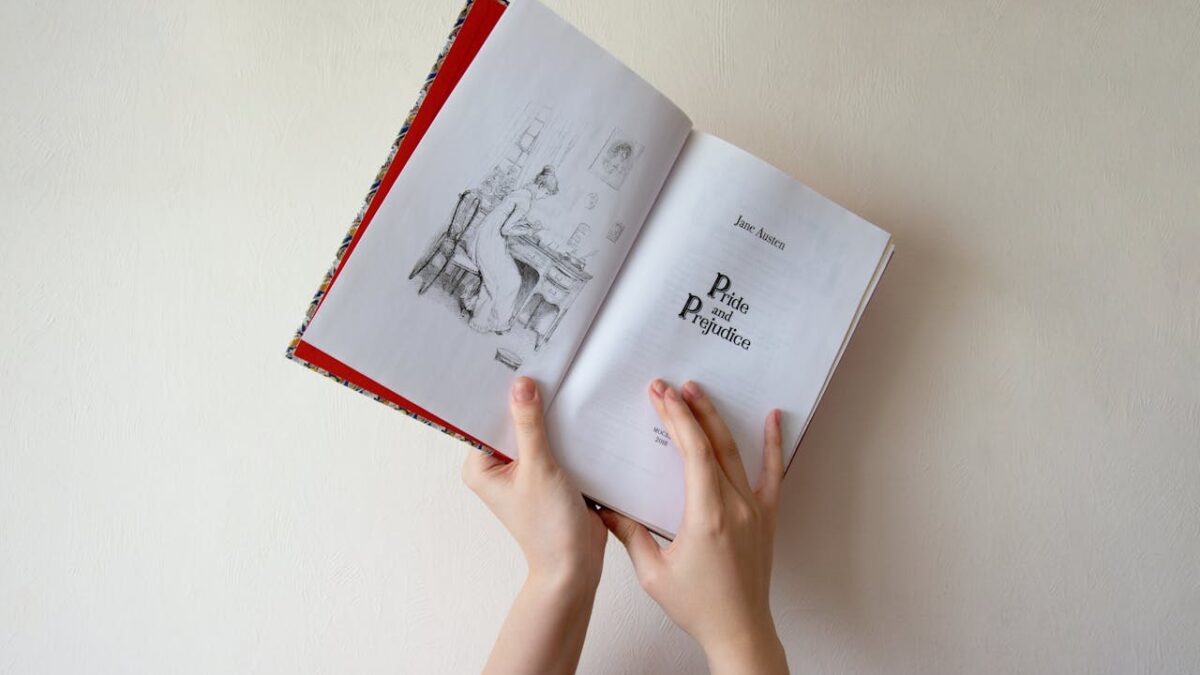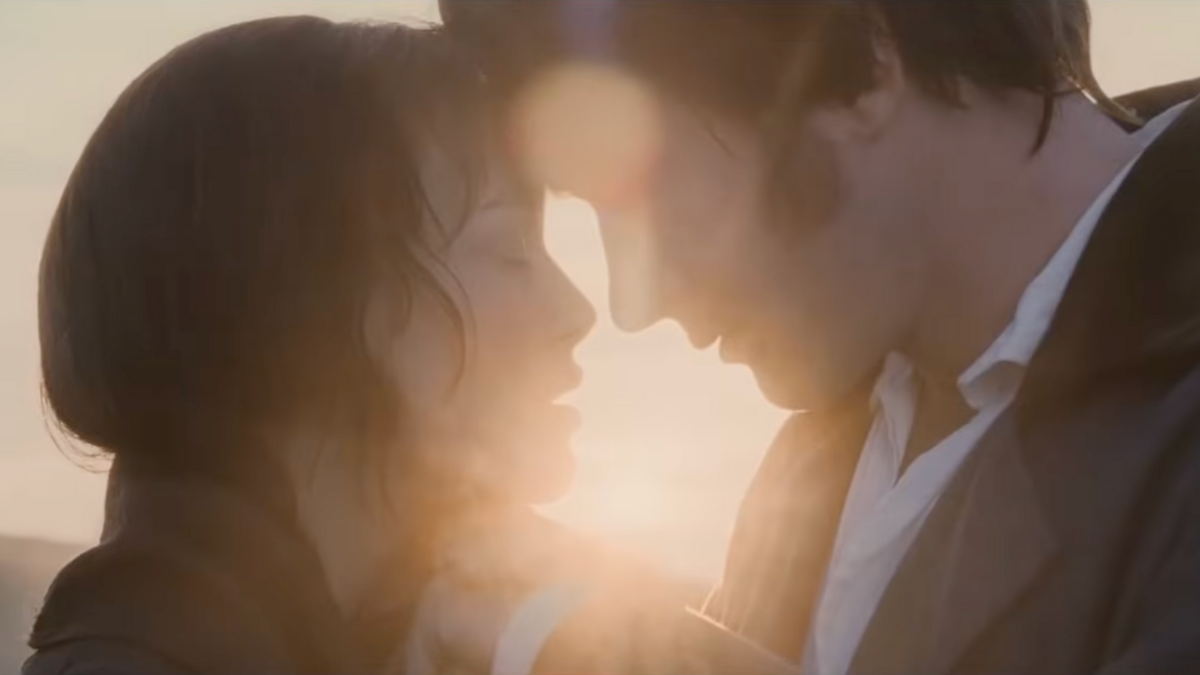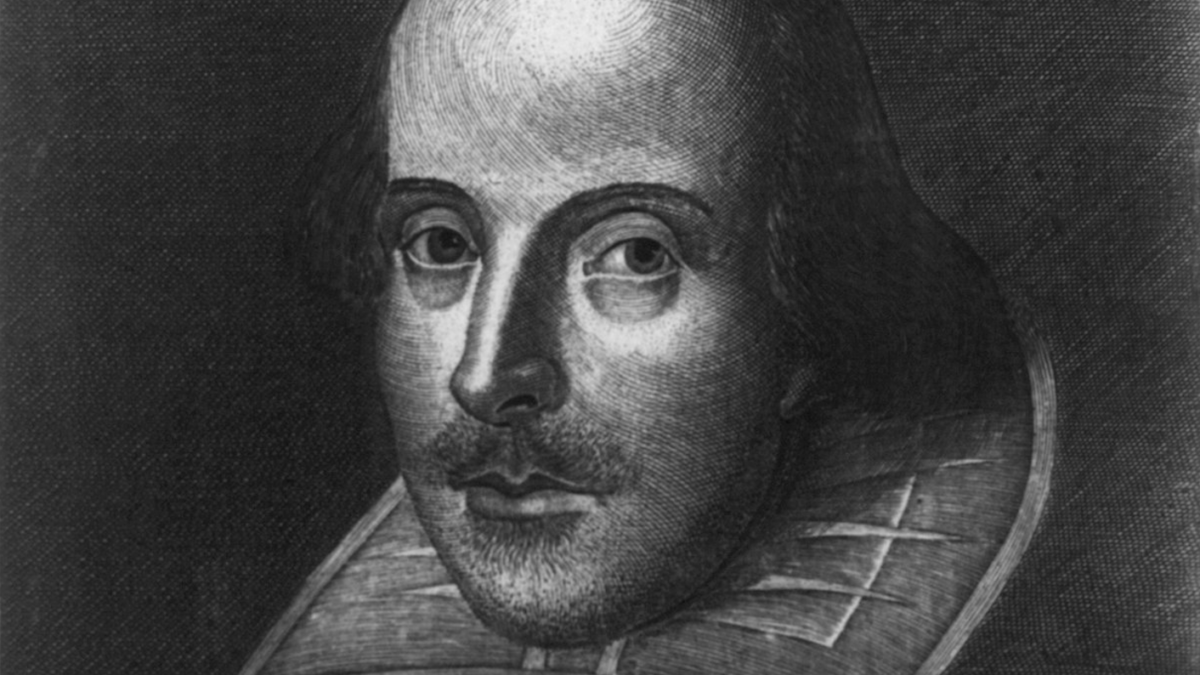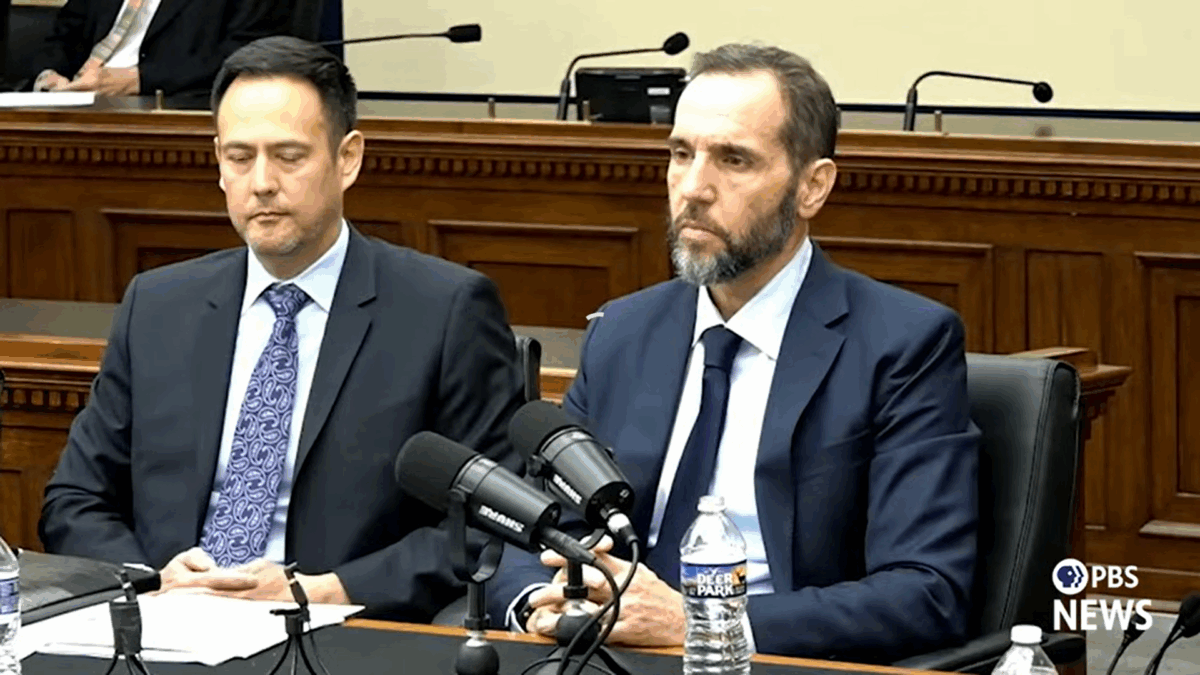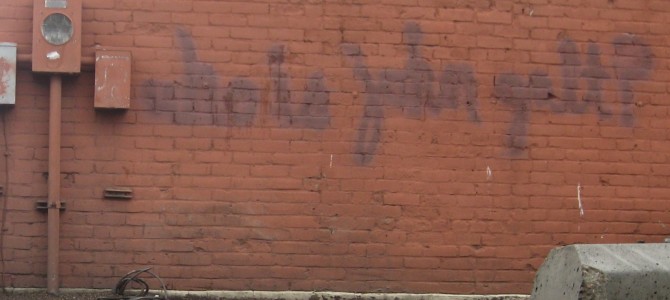
Spoiler Alert: This is an excerpt from my forthcoming reader’s guide to Ayn Rand’s Atlas Shrugged. The book is intended to be an adjunct to the novel and assumes that you have already read it. So there will be plenty of “spoilers”: discussion of important plot points that will ruin the novel’s suspense for someone who doesn’t already know how it all turns out. I don’t want any reader to find himself slapping his forehead in the middle of one of these articles and thinking: if only I hadn’t missed out on this experience that has now been wrecked for me.
So take this spoiler warning seriously. I mean it.
If you haven’t read the novel and need some inducement, read the overview I wrote on the 50th anniversary of its publication—then go read Atlas Shrugged, then come back to this.
We’re in the middle of a long cultural moment when a lot of people, including commentators and pundits, are encountering Ayn Rand’s pro-capitalist epic novel Atlas Shrugged. They’ve noticed that Ayn Rand’s fan base is wide and her ideas are influential, so they’re trying to find out what the fuss is about. I’ve seen a stream of articles, particularly from public intellectuals on the right, presenting their impressions from their first encounters with her work.
The results are frequently disappointing, particularly when they come from authors whose work is otherwise quite good. Sherlock Holmes used to chide Dr. Watson that “you see, but you do not observe.” Too many of these people read, but do not comprehend, and they come out of Atlas Shrugged with strange interpretations of what the novel was actually about.
Take the latest effort, from a young conservative writer named Pascal-Emmanuel Gobry, whose work I have enjoyed elsewhere (including as a fellow contributor to The Federalist). He explains that he doesn’t like the book because, among other reasons, Ayn Rand held that the “parasitic weak deserve to be trod upon by the capitalistic powerful.”
Ayn Rand rejected most of the conventional categories into which philosophical and political positions are supposed to be sorted, and this rejection of false alternatives is a major theme of her work. But those categories are so deeply ingrained that it is easy for a writer—particularly for one who is told by his peers that it’s not necessary to take Ayn Rand seriously—to slip back into them. If you’re from the left, you think that the only alternative is between the welfare state and the dark Satanic mill. If you’re on the right, you think that the only alternative to Christian altruism is the Nietzschean ubermensch. Since Ayn Rand clearly doesn’t fit into the first of these categories, she clearly must fit into the second, so she believes that the “parasitic weak deserve to be trod upon by the capitalistic powerful”—no matter what is actually in the book.
Incidentally, this is why most parodies of Ayn Rand end up seeming so lame. Take a recent attempt imagining what the Harry Potter novels would look like if they had been written by Ayn Rand, which includes lines like this one: “‘Malfoy bought the whole team brand-new Nimbus Cleansweeps!’ Ron said, like a poor person. ‘That’s not fair!'” Because, you see, Ayn Rand looked down contemptuously on poor people, as everyone knows.
I’m told this particular series of parodies is very popular among young libertarians, but it’s likely to fall flat for those whose knowledge of Ayn Rand’s novels is less casual. A good parody has to be based on actual characteristics of the original work. But this is a caricature of a caricature, bearing little resemblance to the original.
So let’s take on this issue. In Ayn Rand’s novels, all the heroes are rich and the bad guys are poor, right?
It’s closer to the opposite.
What started me thinking about this was a comment from a young Objectivist named Stuart Hayashi. He observed that in Atlas Shrugged, virtually every one of the heroes loses a fortune, either passing it up or actively renouncing it. And virtually every one of her heroes goes through period of poverty in order to stand up for what he believes in.
Readers coming to Atlas Shrugged might already know her previous novel, The Fountainhead. They will remember that in early in the book, Howard Roark’s architecture firm fails when he turns down a big commission rather than compromising his design principles, and he ends up working for a time as a common laborer in a granite quarry.
Each evening he walked the two miles from the quarry to the little town where the workers lived…
There was a bathroom in the garret of the house where he roomed; the paint had peeled off long ago and the naked boards were gray-white. He lay in the tub for a long time and let the cool water soak the stone dust out of his skin…
He ate his dinner in a kitchen, with the other quarry workers. He sat alone at a table in a corner; the fumes of the grease, crackling eternally on the vast gas range, hid the rest of the room in a sticky haze…
He slept in a small wooden cube under the roof. The boards of the ceiling slanted down over his bed. When it rained, he could hear the burst of each drop against the roof, and it took an effort to realize why he did not feel the rain beating against his body.
Remember that Ayn Rand was a survivor of Soviet Russia who came to America as a penniless immigrant and worked at menial day jobs in Hollywood before she made it as a writer. So she could write about poverty with the eloquent detail of first-hand experience.
The pattern is even stronger in Atlas Shrugged. Let’s run down the list of Ayn Rand’s downwardly mobile heroes.
Our main protagonist, Dagny Taggart, is a railroad heiress. At the end of the novel, she walks off her job and lets the railroad collapse. In the middle, she finds herself in the Valley with no money and agrees to take on a menial job as a servant—and this is presented as admirable.
“You’re penniless, Miss Taggart.”
“What?” It was a word that a Taggart heiress could not ever expect to hear.
“You’re penniless in this valley. You own millions of dollars in Taggart Transcontinental stock—but it will not buy one pound of bacon from the Sanders hog farm.”
“I see.”…
“I propose to earn my room and board.”
“By what means?”
“By working.”
“In what capacity?”
“In the capacity of your cook and housemaid.”…
“Is that what you want to do?” he asked.
“That is what I want to do—” she answered, and stopped before she uttered the rest of the answer in her mind: more than anything else in the world.
He was still smiling, it was a smile of amusement, but it was as if amusement could be transmuted into some shining glory. “All right , Miss Taggart,” he said, “I’ll hire you.”
She inclined her head in a dryly formal acknowledgment. “Thank you.”
Ellis Wyatt inherits oil fields, which he revives and turns into the beating heart of the economy. At the end of Part 1, he blows up the oil fields in protest and disappears. We next see him, much later in the novel, dressed in worker’s overalls and swinging a lunch pail on the way to his modest shale oil rig.
Ken Danagger leaves the coal mines he has worked a lifetime to build, offering to give them away to Dagny for free. We next see him working as a foreman in a foundry.
Richard Halley is a composer who has finally been discovered after years of poverty and obscurity. Instead of cashing in on his newfound fame, he quits, abandoning the copyrights to his works.
Midas Mulligan is a legendary banker. He dissolves his bank and disappears, as if Goldman Sachs shuttered it doors tomorrow and told everyone to go home.
Francisco d’Anconia is the richest man in the world. He deliberately destroys his fortune and restarts with a copper mine so small and primitive he uses mules to move the ore. He takes with him a very few luxury items, but otherwise lives in rustic simplicity.
[B]uilt in loneliness, cut off from all ties to human existence, it looked like the secret retreat of some great defiance or sorrow. It was the humblest home of the valley, a log cabin beaten in dark streaks by the tears of many rains, only its great windows withstanding the storms with the smooth, shining, untouched serenity of glass.
Hank Rearden is one of the richest men in America and ends up walking away from his steel mills with only the clothes on his back. Recall the first meeting between Francisco and Rearden. Referring to the debacle of Francisco’s San Sebastian Mine, Rearden asks him: “What did you want to meet me for? In order to make me lose money?” Francisco answers: “Yes—eventually.” And he does. About seven hundred pages later, Rearden gives up everything.
To be sure, there is a fraction of Rearden’s fortune in reserve thanks to Ragnar Danneskjold, and in the novel’s epilogue, we see Mulligan earmarking generous financing for Rearden to rebuild. But he leaves far more money behind when he quits.
Then there is the novel’s hero and ideal man, John Galt, who invents a machine with such a transformative impact that it could easily make him the richest man in the world. Instead, he leaves it behind in a failing factory and makes no attempt to retrieve it. Indeed, the whole point of his strike is to withdraw his invention from the world, passing up whatever economic value he would have gotten from it.
So where does that leave Galt? When she first meets Galt in the Valley, Dagny finds herself wondering whether Galt, like Midas Mulligan, is wealthy. But she observes that he lives modestly: “She glanced at his clothes: the gray slacks and white shirt seemed of a quality intended for long wear; the leather of the narrow belt about his waistline was cracked; the watch on his wrist was a precision instrument, but made of plain stainless steel. The sole suggestion of luxury was the color of his hair—the strands stirring in the wind like liquid gold and copper.” And while he lives modestly in the Valley, he lives much worse in the outside world, subsisting on his wages as an unskilled track worker. When Dagny catches up with him, he’s living in a garret in a slum.
The streets seemed razed by exhaustion, not by rest, as if the men inside the walls were not asleep, but had collapsed. He would be home from work at this hour, she thought…if he worked…if he still had a home…. She looked at the shapes of the slums, at the crumbling plaster, the peeling paint, the fading signboards of failing shops with unwanted goods in unwashed windows, the sagging steps unsafe to climb, the clotheslines of garments unfit to wear, the undone, the unattended, the given up, the incomplete, all the twisted monuments of a losing race against two enemies: “no time” and “no strength”—and she thought that this was the place where he had lived for twelve years, he who possessed such extravagant power to lighten the job of human existence.
Now what about Ayn Rand’s villains?
Some of them are government bureaucrats who are after power more than wealth. But they also seem to live pretty well. We see them at fancy parties and there are references to private railroad cars and charter flights, which would have been very luxurious by the economic standards of the 1950s. We can assume that, like the current occupant of the White House, they made a habit of vacationing on Martha’s Vineyard while the whole world collapses around them.
Having seen the workings of Soviet communism up close, Ayn Rand understood that there is more than one way to live like royalty while the people starve.
Then there are the politically connected businessmen. In today’s sloppy parlance, we would call them “crony capitalists,” even though they thrive under the opposite of capitalism. The big two are Orren Boyle and James Taggart.
Orren Boyle uses government loans to buy out a bunch of struggling steelmakers and merge them together into Associated Steel, which uses its too-big-to-fail status to get even more government support. Boyle is described at various times as spending his money on wild parties and high-end prostitutes.
And then there is the main villain, James Taggart. He spends most of the book whining about how he doesn’t really care about money and all he really wants is love, but he is actually obsessed with filthy lucre. His whole twisted relationship with Cheryl is about finding someone who will be overawed by his wealth and social status. All of this comes out toward the end, when he is cutting a deal that will make him the richest man in the world, and he boasts about how much he is able to buy.
He noticed a vase of Venetian glass—a museum piece, centuries old, with an intricate system of blue and gold arteries twisting through its transparent body. He seized it and flung it at the wall; it burst into a rain of glass as thin as a shattered light bulb.
He had bought that vase for the satisfaction of thinking of all the connoisseurs who could not afford it. Now he experienced the satisfaction of a revenge upon the centuries which had prized it—and the satisfaction of thinking that there were millions of desperate families, any one of whom could have lived for a year on the price of that vase.
Consider the contrast: toward the end of Atlas Shrugged, the main hero is making a subsistence wage working at a menial job, while the main villain is one of the richest men in the world.
So sure, Ayn Rand glorified plutocrats and looked down on poor people—if you’re reading a completely different book.
Looked at from the perspective of conventional categories, Ayn Rand’s attitude toward money is paradoxical. She thinks business and production are important, and most of her heroes are successful industrialists. (This is not true of her other novels. In We the Living, they’re students; in The Fountainhead, they’re artists and intellectuals.) Yet most of them walk away from a fortune, while the villains are rich businessmen who are obsessed with having more money than everyone else.
Now let’s ask a more revealing question. If Ayn Rand’s heroes aren’t motivated by money, what are they motivated by?
In fact, you cannot understand the structure of the novel without answering this question. Consider two key early scenes.
When we first meet Hank Rearden, he has just poured the inaugural order for the revolutionary new metal he invented, and without knowing exactly how or why, he clearly wants to celebrate the achievement. Unfortunately, he returns home to his family, which turns out to be the worst place to go for that purpose. Notice what his interaction with his family consists of. If you break down the scene, it has three main episodes: one with his mother, one with Lillian Rearden, and one with Philip, his younger brother.
In each of them, Rearden is searching for some kind of emotional connection with the people close to him, some kinship of common values. And each time he fails—not because he ignores their values, but because they ignore his. He attempts to tell his family what he was doing at his mills, only to have his mother reproach him for being late. He gives his wife a bracelet made of Rearden Metal, only to have her dismiss it with her trademark sarcasm. “I shall be the sensation of New York, wearing jewelry made of the same stuff as bridge girders, truck motors, kitchen stoves, typewriters, and—what was it you were saying about it the other day, darling?—soup kettles?” And he offers to help his brother raise money for one of his sketchy “humanitarian” causes, only to have Philip ask for the money in cash, because his “progressive” friends don’t want to be associated with Rearden. He ends the scene off in a corner, apart from the others, lonely and defeated.
A few scenes later, Dagny is alone in her apartment thinking of Francisco, her former lover who left her and became a different man, morphing from a profound thinker and captain of industry to the male equivalent of Paris Hilton. She feels compelled to read a newspaper report with the story of his latest tawdry affair, where she notices that he still has the quick mind and sparkling wit she remembers. Glancing at his picture, she wonders: “How could a face remain the same when everything else was gone?” Then her loneliness and despair overwhelm her.
Dagny let the paper slip to the floor. She sat, bent over, her head on her arms. She did not move, but the strands of hair, hanging down to her knees, trembled in sudden jolts once in a while.
The great chords of Halley’s music went on, filling the room, piercing the glass of the windows, streaming out over the city. She was hearing the music. It was her quest, her cry.
All of this happens in the first few chapters of the novel. So one of the very first things we learn about these tough, pitiless Ayn Rand heroes is their emotional vulnerability. One of the big themes that drives the plot throughout Part 1 is the loneliness of the producers. The novel projects a culture in which what they do is not recognized, valued, or rewarded. Or rather, since both Dagny and Rearden have been very successful in economic terms, they have been rewarded only with money, and they treat that as if it is the least important reward.
You can see how this is a key theme running through the whole novel. The kind of emotional connection Dagny and Rearden can’t find with others, they find with each other. One of the most significant lines of their first scene together is at the end, when he says, “whatever we are, it’s we who move the world and it’s we who’ll pull it through.” It’s the “we” that is important, the sense that the two of them are kindred spirits who are in this struggle together. And you know where that’s headed.
It’s not just the two of them. The construction of the John Galt Line brings Dagny into a kind of fellowship with the industrialists of Colorado. So when the first run of the line ends at Wyatt Junction, here is the scene waiting for her.
She was halfway down when she felt the palms of a man’s hands slam tight against her ribs and waistline, she was torn off the steps, swung through the air and deposited on the ground. She could not believe that the young boy laughing in her face was Ellis
Wyatt. The tense, scornful face she remembered, now had the purity, the eagerness, the joyous benevolence of a child in the kind of world for which he had been intended.
She was leaning against his shoulder, feeling unsteady on the motionless ground, with his arm about her, she was laughing, she was listening to the things he said, she was answering, “But didn’t you know we would?”
In a moment, she saw the faces around them. They were the bondholders of the John Galt Line, the men who were Nielsen Motors, Hammond Cars, Stockton Foundry and all the others. She shook their hands, and there were no speeches; she stood against Ellis Wyatt, sagging a little, brushing her hair away from her eyes, leaving smudges of soot on her forehead. She shook the hands of the men of the train’s crew, without words, with the seal of the grins on their faces. There were flash bulbs exploding around them, and men waving to them from the riggings of the oil wells on the slopes of the mountains. Above her head, above the heads of the crowd, the letters TT on a silver shield were hit by the last ray of a sinking sun.
She and Rearden have found the family they’ve been looking for. It’s an idea that is repeated elsewhere, particularly in the Valley where she rediscovers Wyatt and the others and finds the family she thought she had lost.
Much of the plot of Atlas Shrugged can be understood as interlocking story arcs about love and friendship. There’s Rearden’s unlikely friendship with Francisco, which toward the end of the story become tender and fatherly. There’s the quite touching scene when Ken Danagger has disappeared and Rearden mourns their lost friendship, wondering what he might have done if he could get back all the hours he spent with his whiny younger brother and spend them with someone he admires and respects. There’s the friendship between Galt and Francisco, so deep and profound that Dagny fears for a moment that Galt will give her up to avoid hurting his friend. And above all else, there is the romance between Dagny and Galt, which as I have explained elsewhere, drives the plot structure of the whole last third of the novel. So if you look at Atlas just as a political parable or an economic manifesto, then complain that it’s two-dimensional, that’s because there’s a whole other level of the plot that you’re missing.
I can’t find a more appropriate way of putting it than this: all an Ayn Rand hero really wants is love.
No, really. This is stated explicitly in the explanation Midas Mulligan gives for why he quit.
“Dr. Akston quit on the principle of sound banking,” said Midas Mulligan. “I quit on the principle of love. Love is the ultimate form of recognition one grants to superlative values…. I was born on a farm. I knew the meaning of money. I had dealt with many men in my life. I had watched them grow. I had made my fortune by being able to spot a certain kind of man. The kind who never asked you for faith, hope and charity, but offered you facts, proof and profit. Did you know that I invested in Hank Rearden’s business at the time when he was rising, when he had just beaten his way out of Minnesota to buy the steel mills in Pennsylvania? Well, when I looked at that court order on my desk, I had a vision. I saw a picture, and I saw it so clearly that it changed the looks of everything for me. I saw the bright face and the eyes of young Rearden, as he’d been when I’d met him first. I saw him lying at the foot of an altar, with his blood running down into the earth—and what stood on that altar was Lee Hunsacker, with the mucus-filled eyes, whining that he’d never had a chance…. It’s strange how simple things become, once you see them clearly. It wasn’t hard for me to close the bank and go: I kept seeing, for the first time in my life, what it was that I had lived for and loved.”
So this is quite a paradox. If only Ayn Rand could have explained it all somehow, maybe by having a character give one of those speeches she’s famous for.
Which is, of course, precisely what she did. Francisco d’Anconia is given a speech on the very topic of money. It’s the very first speech in the novel, making it kind of hard to miss. Here’s what he tells the reader.
Have you ever asked what is the root of money? Money is a tool of exchange, which can’t exist unless there are goods produced and men able to produce them. Money is the material shape of the principle that men who wish to deal with one another must deal by trade and give value for value….
Those pieces of paper, which should have been gold, are a token of honor—your claim upon the energy of the men who produce. Your wallet is your statement of hope that somewhere in the world around you there are men who will not default on that moral principle which is the root of money….
But you say that money is made by the strong at the expense of the weak? What strength do you mean? It is not the strength of guns or muscles. Wealth is the product of man’s capacity to think…. Money is made—before it can be looted or mooched—made by the effort of every honest man, each to the extent of his ability.
And so on, for quite a few more pages. So the answer to the paradox is that Ayn Rand doesn’t care about money so much as she cares about the things that give money value: creation, production, and the qualities of character that make it possible to create and produce.
It’s amusing that a lot of same people who talk about Ayn Rand looking down on the poor or wanting to crush the weak also complain that her writing lacks subtlety. Yet themes like this are right out there in the open, and they blithely skip over them. Apparently, it’s a little too subtle for them.
A lot of Ayn Rand’s fans do get the message. I smiled when I read, in a profile of Wikipedia founder Jimmy Wales—an Ayn Rand fan from way back—his explanation for why he isn’t bothered that he hasn’t turned Wikipedia into a billion-dollar enterprise: “‘Can you imagine Howard Roark saying, “I just want to make as much money as possible?”‘ Wales asked rhetorically.” He understands that the love of creation comes first, and the monetary reward is farther down the list.
This explains the various relationships of love and friendship that drive the novel’s plot. They are not based merely on the possession of dollars, no matter how they’re gained, but on a kinship of values among productive people. And while this is seen mostly in the form of friendships between extraordinary individuals, we can also see it in the camaraderie Dagny enjoys with the blue-collar workers on the railroad and in her friendship with Ayn Rand’s stand-in for the common man, Eddie Willers—a connection she unknowingly shares with Galt. We can also see it in her offer of “sisterhood” with Cheryl Taggart, which she explains comes not through being sisters-in-law, but through their shared values.
This also explains why money is so important to some of the villains. Jim Taggart is trying to fill a bottomless hole of self-loathing, and one way he does that is to tear down anyone who’s better than him and makes him feel inferior. So he uses his government connections to beat them down in business deals and boasts about the money he has made. For him, it’s not a measure of superiority in production, but of superiority of scheming. Toward the end of the novel, here is how he explains the deal he has struck to become the richest man in the world by taking control of the nationalized d’Anconia fortune.
“My work is bigger than any job you can hope to imagine. It’s above anything that grubbing mechanics, like Rearden and my sister, are doing. Whatever they do, I can undo it. Let them build a track—I can come and break it, just like that!” He snapped his fingers. “Just like breaking a spine!”
Finally, this attitude toward money explains the heroes’ willingness to give it up. They already know that they have what it takes to make money, so that’s not a basic question for them. The basic questions that drive the plot aren’t material but spiritual: what kind of person do you have to be in order to build and create? Having established that, they know that they can eventually rebuild their fortunes in a world that recognizes and values their achievements.
So the final answer is that for Ayn Rand love and money are not opposites. Love is about shared values, including the value of loving the truth, loving this world, and wanting to build and create.
So are Ayn Rand heroes out to make money? Yes, eventually—after they have achieved the virtues that make money possible.
This is an excerpt from my forthcoming reader’s guide to Atlas Shrugged. To support this project, go here.


